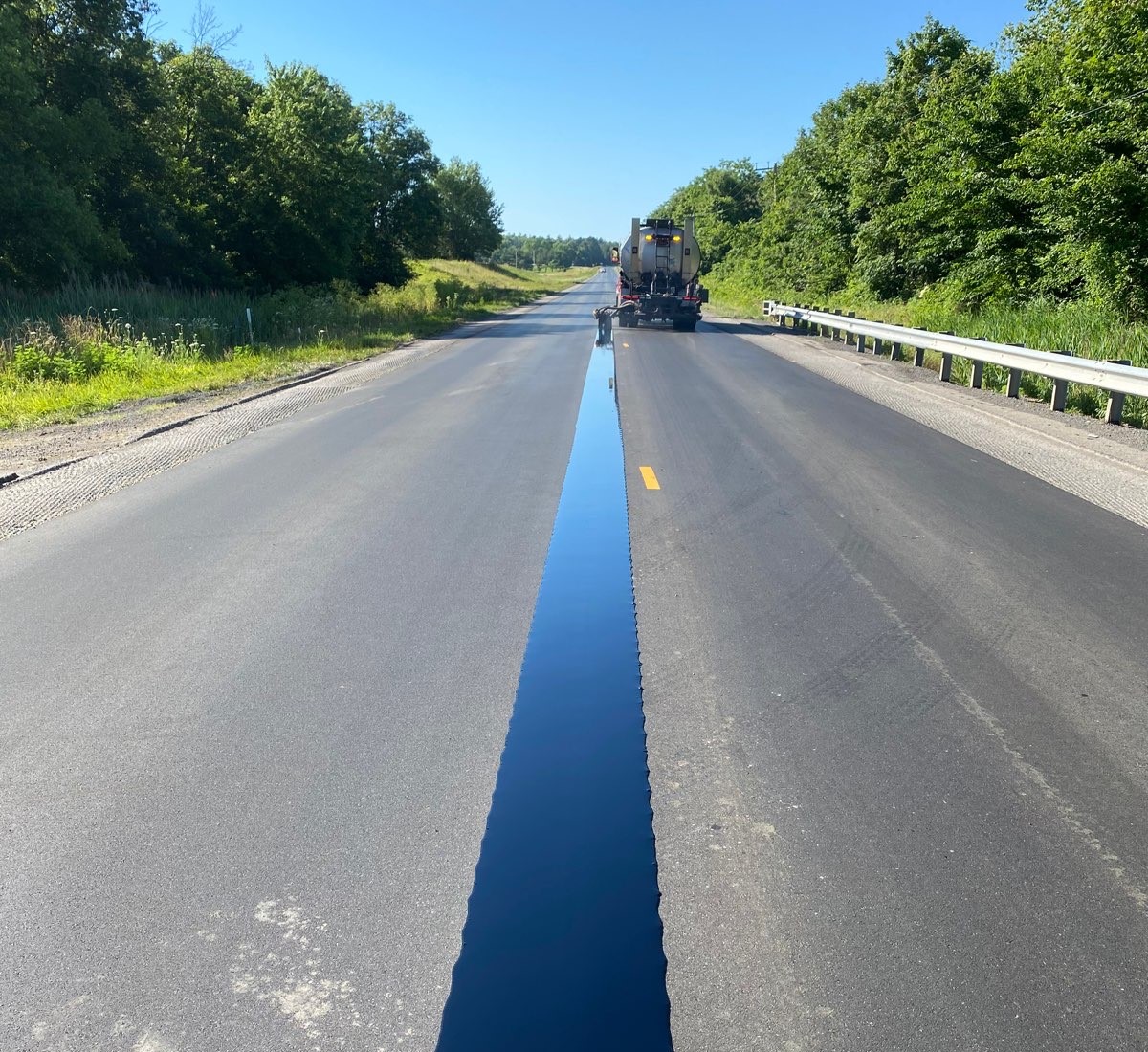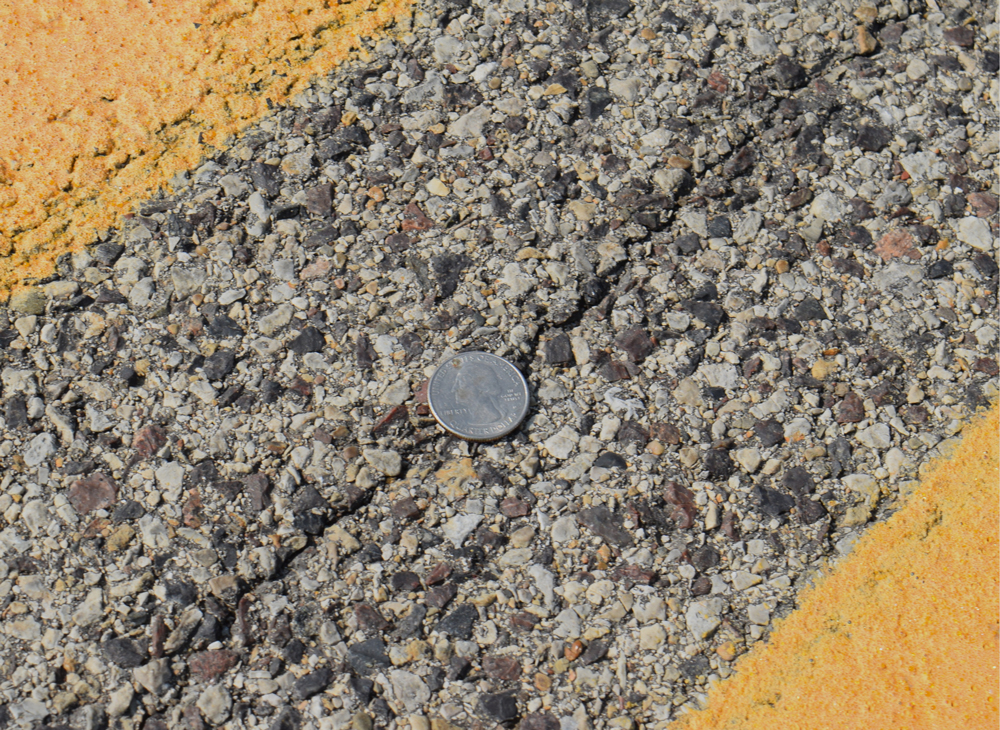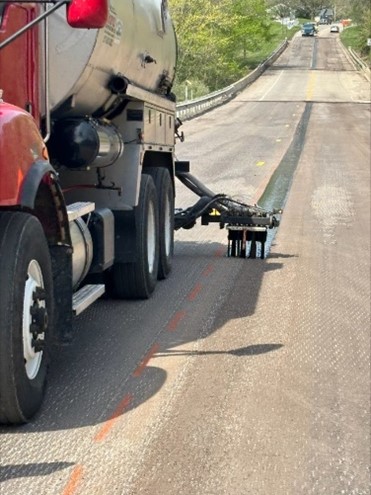A void reducing asphalt membrane (VRAM), more commonly known as a longitudinal joint sealant (LJS), is gaining momentum in the state of Illinois. At the time of road construction, VRAM is applied under the surface where the longitudinal joint will be placed. After placement of hot mix asphalt (HMA), the...






